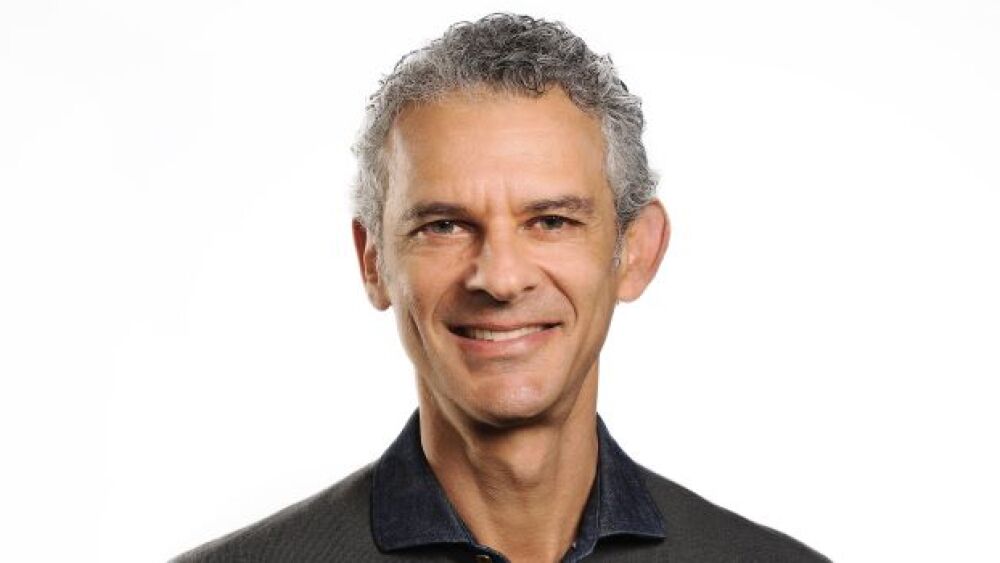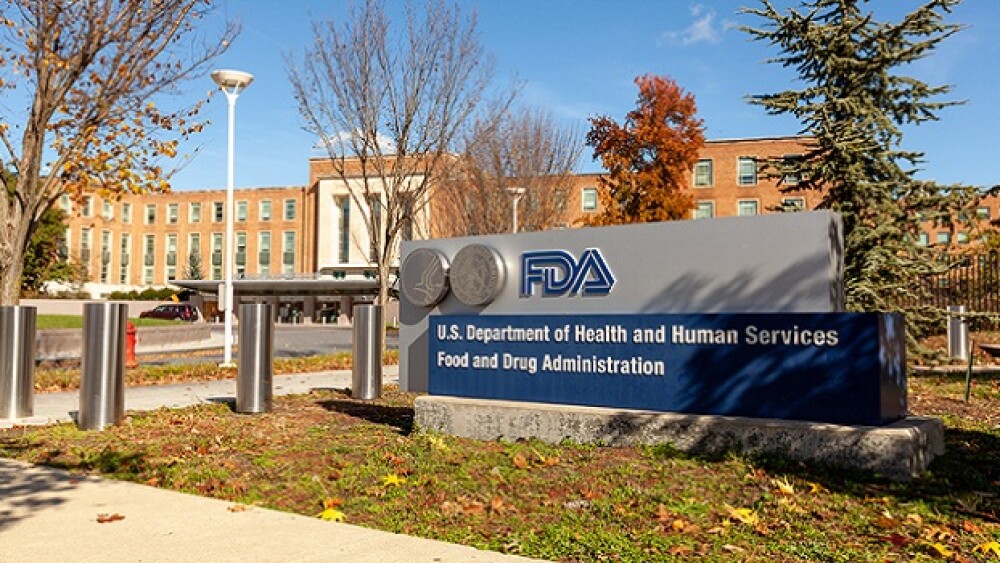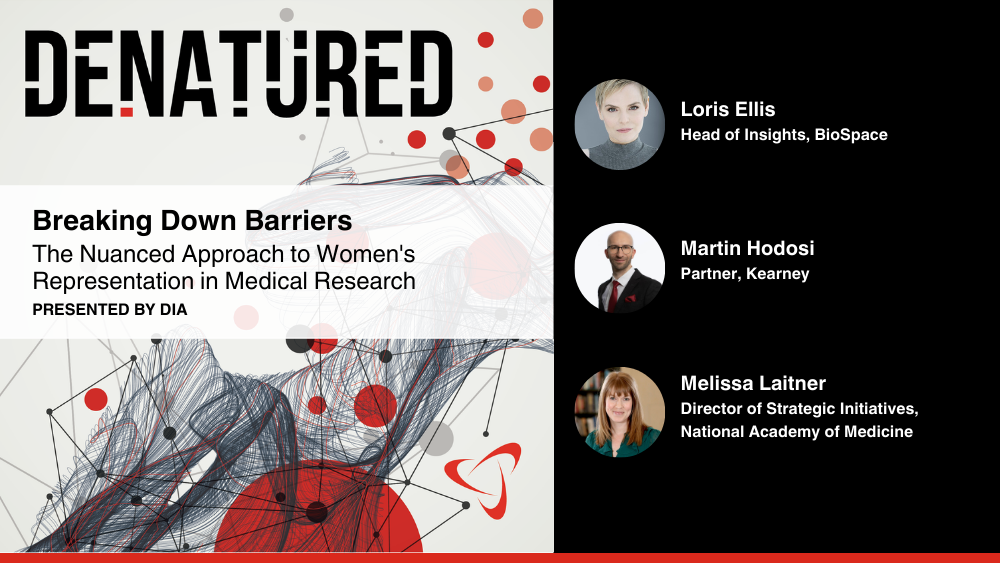Graphite Bio announced it is voluntarily pausing the Phase I/II study of its lead candidate nula-cel in sickle cell disease.
Graphite Bio CEO Josh Lehrer, M.D./courtesy of Graphite Bio
Graphite Bio began the year on a sour note Thursday as news broke that the company is pausing the Phase I/II study of its lead development candidate, nulabeglogene autogedtemcel (nula-cel), in sickle cell disease.
The Bay Area-based biotech made the decision after concluding that a serious adverse event in the first patient dosed with nula-cel is “likely related to [the] study treatment.”
The company had been anticipating initial proof-of-concept data in mid-2023, which will no longer be feasible, Graphite announced Thursday.
Graphite’s shares took a beating in after-hours trading Thursday, falling by 45%.
The serious unexpected adverse event in question involved the trial participant experiencing prolonged low blood cell counts, a condition requiring ongoing transfusion and growth factor support. While not enough to meet the threshold to stop the study, Graphite decided to do so based on evolving data.
The adverse event has been reported to the FDA.
In a prepared statement, CEO Josh Lehrer, M.D. said Graphite is “committed to working closely with our scientific and clinical experts to fully assess this event and identify a potential path to resume the CEDAR study.”
Specifically, the company is looking at risk factors and mitigation strategies, which include possible modifications to the manufacturing process for nula-cel, Graphite noted in the press release.
“We have had ongoing work to evolve our initial manufacturing process developed at Stanford into a commercial process,” Stephanie Yao, VP, communications and investor relations, told BioSpace in an e-mail. “This is common when transferring technology from academia to industry. We will assess whether these modifications could address important drug product attributes.”
Nula-cel is a next-generation gene editing autologous hematopoietic stem cell therapy. It is designed to directly correct the genetic mutation in the HBB gene, which is responsible for producing the beta subunit of hemoglobin. A mutation in both copies of this gene causes SCD.
Graphite dosed this first patient in the CEDAR study in August 2022. At the time, nula-cel was the first therapy to be administered to any patient with the potential to correct a genetic mutation and change the gene to the normal version, Lehrer said.
In a previous interview with BioSpace, Lehrer explained, “the ideal solution is to directly fix (the genotype) and change the DNA at the patient level. Without that change, people will still be able to pass along the gene to descendants.”
The development challenges encountered with nula-cel will have adjacent impacts on Graphite’s second program, GPH102, which is in Investigational New Drug-enabling studies for beta-thalassemia.
Yao said that given the needed focus on the nula-cel program, Graphite Bio no longer plans to submit an IND for GPH102 by mid-2024.
Graphite will work to identify operational efficiencies in order to extend its cash position to at least 2026, according to Thursday’s press release. The company intends to provide a business update by the end of this quarter.
BioSpace has reached out to Graphite Bio for further details and will update this story accordingly.






